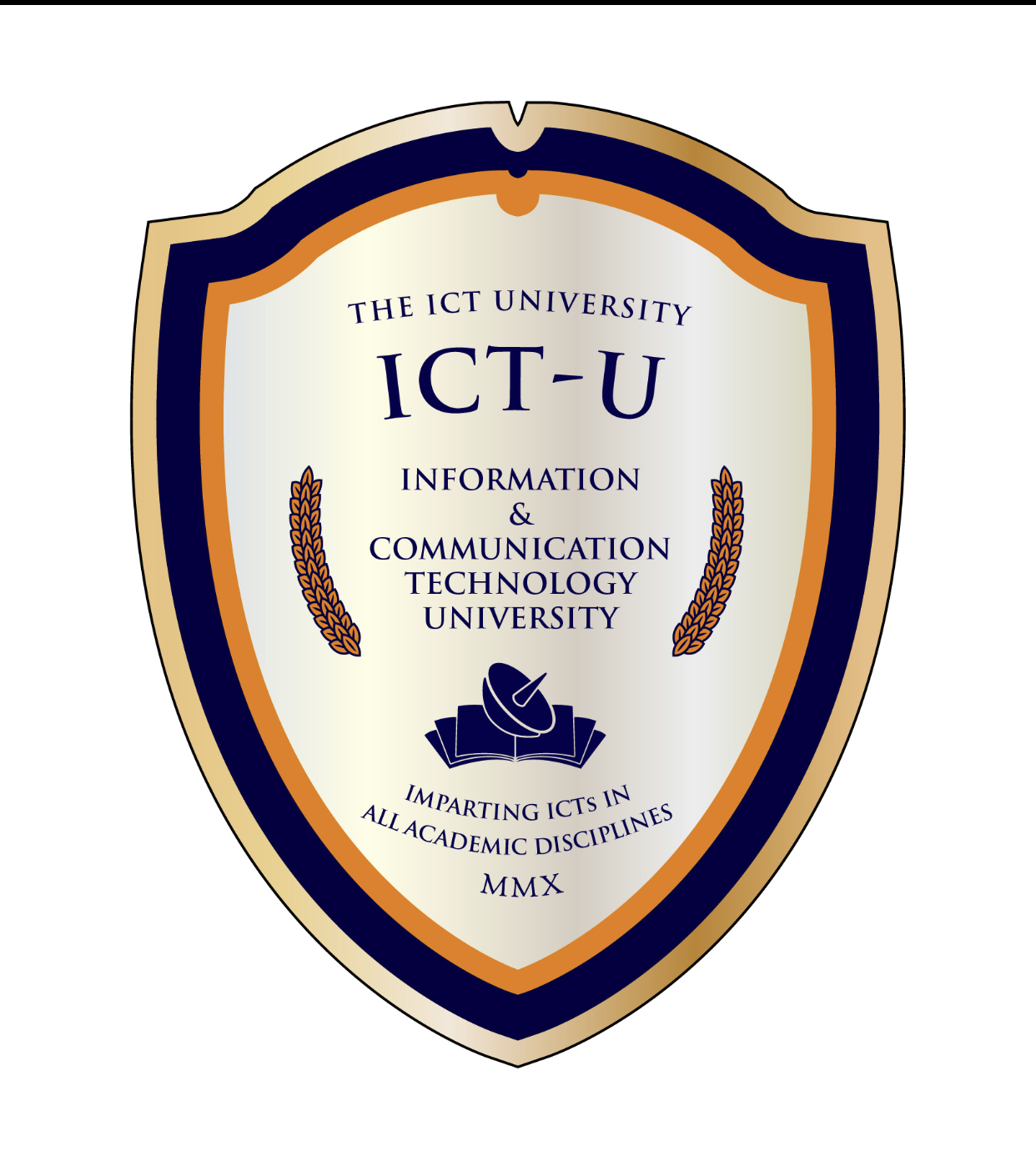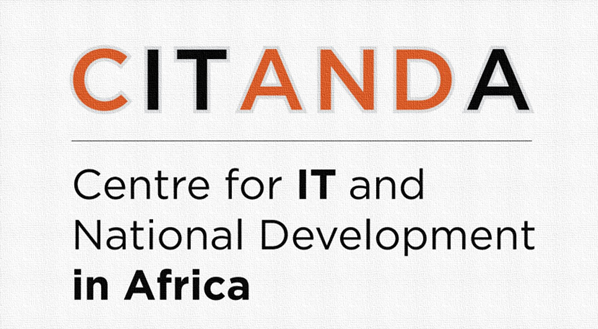Publication Date
4-1-2018
Abstract
The integration of Internet-based collaborative tools such as Web 2.0 technologies to facilitate the design process has rendered collaborative design a chaotic practice filled with controversy and uncertainty, with the inevitable risk of unintended consequences. The purpose of this study was to trace the sources of design controversy in a Web 2.0 facilitated collaborative design process. The study employed an Actor Network Theory (ANT) methodological framework to explore design controversy in five design teams comprising of 4 to 6 undergraduate engineering students. Data was constituted by following the traces left by the actors, both human and nonhumans, their actions and the associations they made and broke as they worked to provide a solution to a design problem. All of these traces were captured on a Web platform. Our position was that of non-participant observers to allow the participants to speak for themselves. In addition, some key participants (spokespersons) were interviewed to allow them to explain their actions. The findings of the study demonstrate that Web 2.0 technologies played a critical role in illuminating controversies encountered during the design process from the design group formation, design problem analysis, as well as the generation and realization of the design solution stages of the process. Web 2.0 technology enabled the tracing of the rich interactions among designers which allowed the mapping of provisional ties, and the translations that made these ties durable and seemingly irreversible.
Included in
Engineering Education Commons, Instructional Media Design Commons, Management Information Systems Commons, Online and Distance Education Commons


